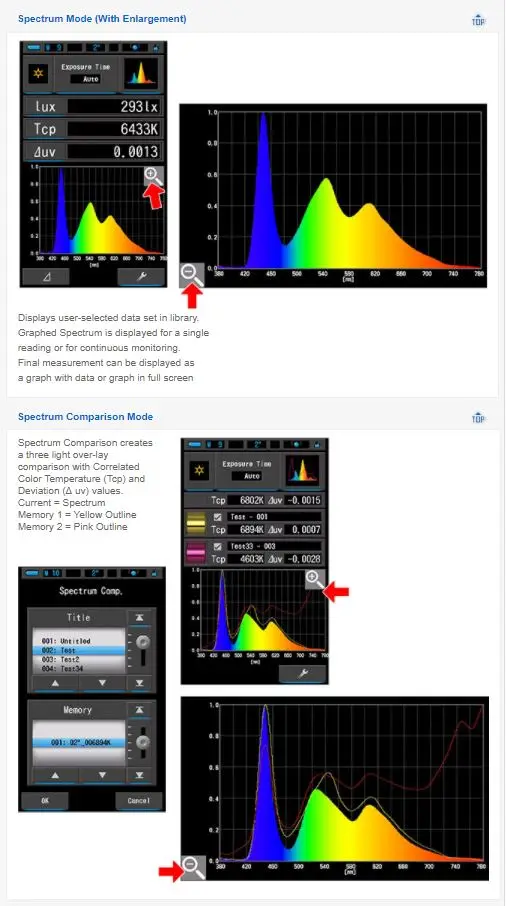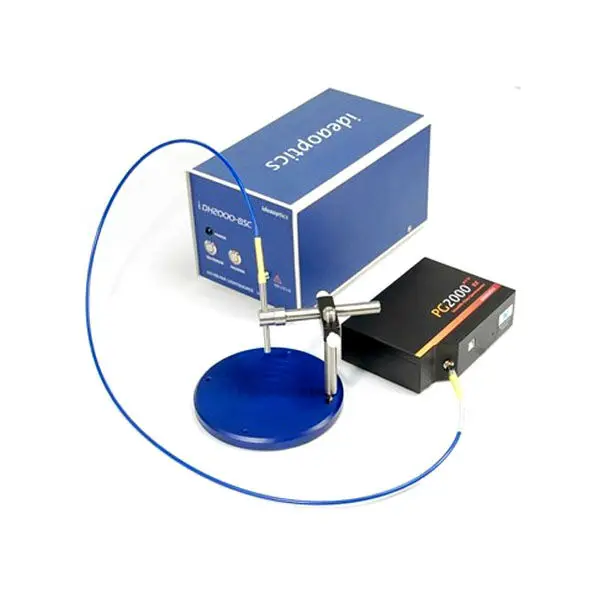

in say water or a polymer) have a magnetic moment their behaviour in a magnetic field is governed by quantum mechanics, but as we are considering the average motion of a very large number of spins, we may actually use a classical model : 1.3 Why does time-domain NMR provide a direct method to determining the physical motion in the sample ? This information may be analysed quantitatively, but for many purposes, such as process monitoring and control, comparative measurements are sufficient. This leads to information on sample properties that in different fields may variously be described as the mobility/dynamics/stiffness/viscosity/rigidity of the sample, particularly of solid hydrocarbons, rubbers and other polymers. Time-Domain NMR is excellent for quantified monitoring of physical change, particularly as a function of some changing parameter such as time or sample temperature.įirstly, the key point about using time-domain NMR is that it provides a direct method to determining the physical motion of the atoms and molecules in the sample. In addition, low-field time-domain NMR apparatus is typically a factor of 10 to 100 times cheaper than high-field high-resolution solid-state NMR systems.įull size image 1.2 Time-domain NMR for material science Low-field time-domain NMR is, at its fundamentals, a very approachable and easily comparative technique, where the material properties may often be extracted from the time-domain data much more simply than from say high-field high-resolution spectral data. Standard MRI protocols may be combined with NMRC, so that spatial resolution of pore dimensions may also be obtained.

Time-domain NMR is also a good technique for measuring pore-size distributions from the nano-meter to microns, using a technique known as NMR cryoporometry (NMRC). Thus we discuss time-domain NMR and MRI, as methods of measuring the physical properties of liquid and solid materials. The intention of this paper is not to probe the material properties of some interesting system, but to discuss in as clear a manner as possible a particular technique, “low-field time-domain NMR”, to bring this technique and its advantages to the attention of other material scientists. We will discuss a method, time-domain NMR, that appears often to be ignored, to obtain quantitative or comparative information on these properties.

These properties are usually dependent on atomic and molecular motion in the sample. Key material science properties are often described in different fields using the terms mobility/dynamics/stiffness/viscosity/rigidity of the sample. These are both extremely powerful techniques, but to forget about the physics that often governs the properties of the sample can be a significant mistake. There frequently seems to be an assumption that if NMR is mentioned that it is chemical analysis methods that are under discussion, or possibly magnetic resonance imaging (MRI). It seems to me be generally forgotten how much of materials science is actually physics, as opposed to chemistry, and the extent to which simple time-domain NMR may be used to make measurements of the physical properties of materials. That is how I have tried to structure this discussion. The intention is to include a minimum of complex NMR detail, while enabling general material-scientists to see that simple easily understood time-domain NMR might be of use to them. The intention of this discussion is as a simple introduction for general-non-nuclear magnetic resonance (NMR)-specialist-materials scientists, to make them aware as to how some of the materials science measurements that they need to make might possibly be addressed by simple physical measurements using low-cost time-domain NMR apparatus.


 0 kommentar(er)
0 kommentar(er)
